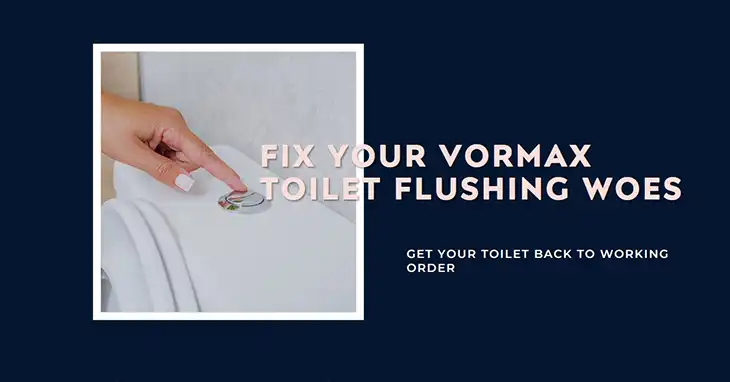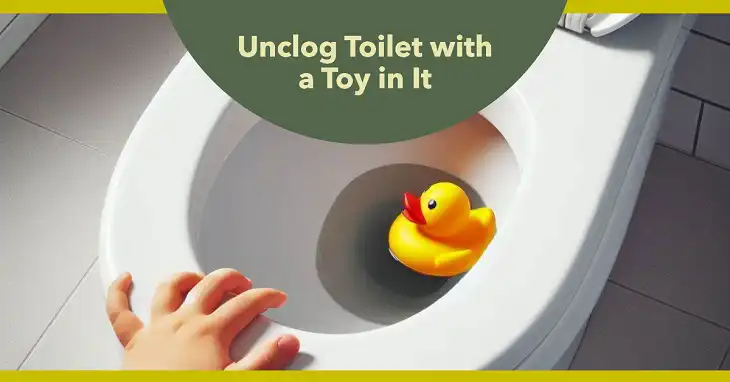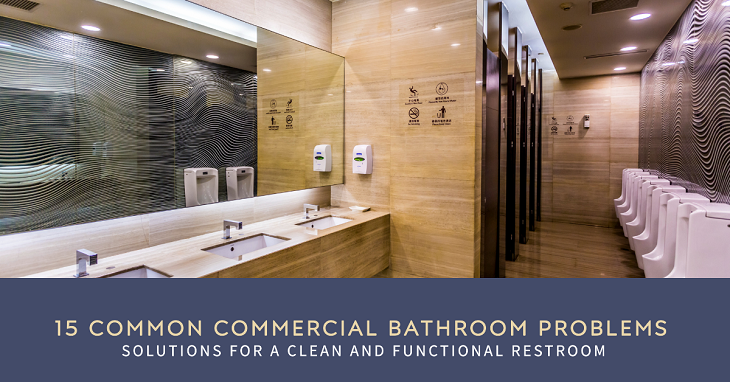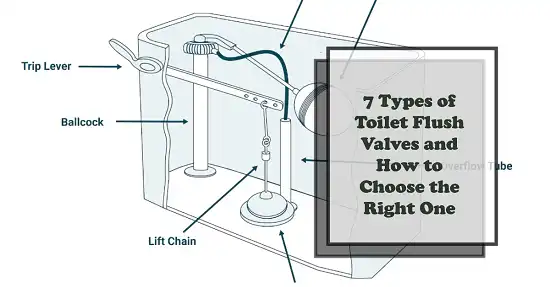Why Does My Toilet Still Smell After Cleaning?
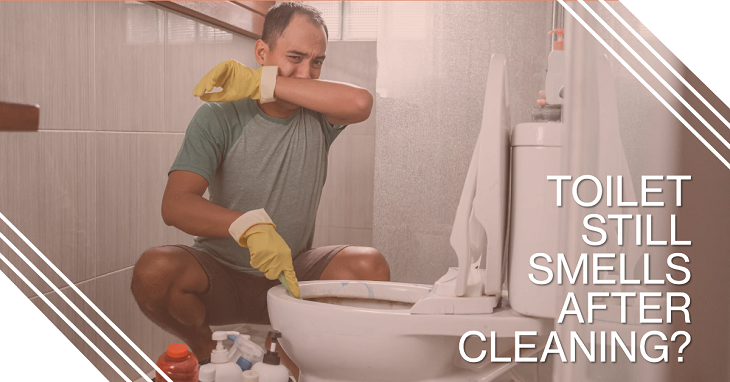
Even after a thorough cleaning, your toilet might still emit unpleasant odors, which can be frustrating. This lingering smell could be due to several hidden issues, ranging from plumbing problems to overlooked cleaning spots. Understanding what causes these persistent odors is key to eliminating them effectively. In this article, we’ll explore why your toilet might still smell after cleaning and provide practical solutions to keep your bathroom fresh.
Common Causes of a Smelly Toilet After Cleaning
If you’ve scrubbed your toilet inside and out and it still smells, the odor might be caused by something other than surface-level grime. Here are the most common reasons:
- Clogged or Dirty Toilet Jets
The rim jets, located underneath the toilet bowl’s rim, are often neglected during cleaning. When these small holes become clogged with hard water deposits, debris, or mold, they can trap bacteria and cause foul odors.
- Dirty Toilet Base or Seal
Odors can also emanate from the base of the toilet if the wax ring seal is compromised. This seal is located between the toilet and the floor, and if it’s broken or worn out, it can allow sewage gases to escape into your bathroom.
- Blocked Vent Pipe
The vent pipe, which runs from your toilet to the roof, helps regulate pressure and prevents sewer gases from backing up into your bathroom. If this pipe is blocked, it can cause strong, unpleasant odors.
- Improper Water Level in the Bowl
If the water level in your toilet bowl is too low, it might not be providing an adequate seal to block sewer gases. This can result from incorrect float settings or internal leaks.
- Hidden Mold and Mildew Growth
Mold and mildew can thrive in the damp, hard-to-reach areas around your toilet, such as behind the tank, under the base, or around the water supply line. These fungi release musty odors that can persist even after cleaning.
How to Troubleshoot a Smelly Toilet After Cleaning
To address the problem, it’s crucial to identify the source of the odor. Here’s a step-by-step approach to troubleshooting:
- Check the Rim Jets
Lift the toilet seat and inspect the small holes under the rim. If they appear clogged or discolored, use a brush and vinegar solution to clean them thoroughly. You can also use a small mirror to see if there’s buildup inside the jets.
- Inspect the Wax Ring Seal
If you suspect an issue with the wax ring, look for water leaks around the base of the toilet or notice a rocking motion when you sit on it. If the seal is compromised, you’ll need to replace it by removing the toilet and installing a new wax ring.
- Clear the Vent Pipe
If you suspect a blocked vent pipe, listen for gurgling noises when flushing or notice a persistent foul smell despite thorough cleaning. Clearing a blocked vent pipe often requires professional help, as it involves accessing your roof.
- Adjust the Water Level
Open the toilet tank and check the water level. If it’s too low, adjust the float valve to raise it until it reaches the manufacturer’s recommended level.
- Look for Hidden Mold or Mildew
Check around the base of the toilet, under the tank, and near the water supply line for signs of mold or mildew. If you find any, clean the area with a bleach solution and improve ventilation in your bathroom to prevent future growth.
Why Does My Toilet Smell Like Sewage?
If your toilet smells like sewage, the issue is likely related to the plumbing system. A broken wax ring, clogged vent pipe, or sewer line backup could be allowing raw sewage gases to seep into your bathroom. Addressing these problems promptly is essential to prevent health hazards and further damage.
What to Do If Your Toilet Smells Like Sewage
- Replace the Wax Ring Seal
A broken or worn-out wax ring can cause a sewage smell. To replace it, turn off the water supply, disconnect the toilet, and install a new wax ring seal. - Unblock the Vent Pipe
Use a plumbing snake or hire a professional to clear any obstructions in the vent pipe. This will restore proper ventilation and eliminate the sewage odor. - Check for Sewer Line Issues
If you can’t identify the problem, a sewer line issue might be to blame. Call a plumber to inspect your sewer line and perform any necessary repairs.
How to Keep Your Toilet Smelling Fresh Long-Term
To keep your toilet smelling fresh, regular maintenance and proper cleaning are crucial. Here’s how you can prevent odors from returning:
- Clean the Rim Jets Regularly
Use a brush and a cleaning solution to scrub the rim jets every few weeks. This prevents debris and bacteria buildup that can cause foul smells.
- Use Baking Soda and Vinegar
Pour a cup of baking soda into the toilet bowl and let it sit for a few minutes. Add a cup of vinegar, let the mixture fizz, and then scrub the bowl thoroughly. This natural solution helps eliminate odors and limescale buildup.
- Check for Leaks and Seal Issues
Periodically inspect the base of your toilet and the water supply line for leaks. Address any issues immediately to prevent mold growth and unpleasant smells.
- Maintain Proper Ventilation
Ensure your bathroom is well-ventilated. Use an exhaust fan during and after showers, and open a window if possible to reduce moisture and prevent mold growth.
- Consider a Professional Inspection
If your toilet continues to smell despite all your efforts, consider having a professional plumber inspect it. They can identify hidden issues like venting problems or unseen mold growth that might be causing the odor.
Final Thoughts
If your toilet still smells after cleaning, it’s often a sign of an underlying problem that needs to be addressed. By identifying the source—whether it’s a clogged vent pipe, a broken wax ring, or hidden mold—you can take the necessary steps to eliminate the odor for good. Regular maintenance and thorough cleaning will also help keep your bathroom smelling fresh and welcoming.
FAQs
Why does my toilet smell like urine even after cleaning?
A lingering urine smell could be due to urine stains around the base of the toilet, under the seat, or on the floor. Use a bleach solution or a specialized bathroom cleaner to target these areas.
Can I use bleach to clean my toilet jets?
Yes, you can use bleach to clean clogged toilet jets. Pour a small amount into the jets and let it sit for a few minutes before scrubbing with a brush.
How can I prevent mold around the toilet base?
To prevent mold, ensure there’s no standing water around the toilet base, fix leaks promptly, and keep the area dry. Regularly cleaning with a mold-killing solution can also help.
Why does my toilet smell worse after flushing?
If your toilet smells worse after flushing, it could indicate a problem with the vent pipe or a blockage in the plumbing system. Check the vent for obstructions and consider calling a plumber.
How do I know if my wax ring needs replacing?
Signs that your wax ring needs replacing include a persistent sewage smell, water leakage around the toilet base, or a wobbly toilet. If you notice these issues, replace the wax ring promptly.

